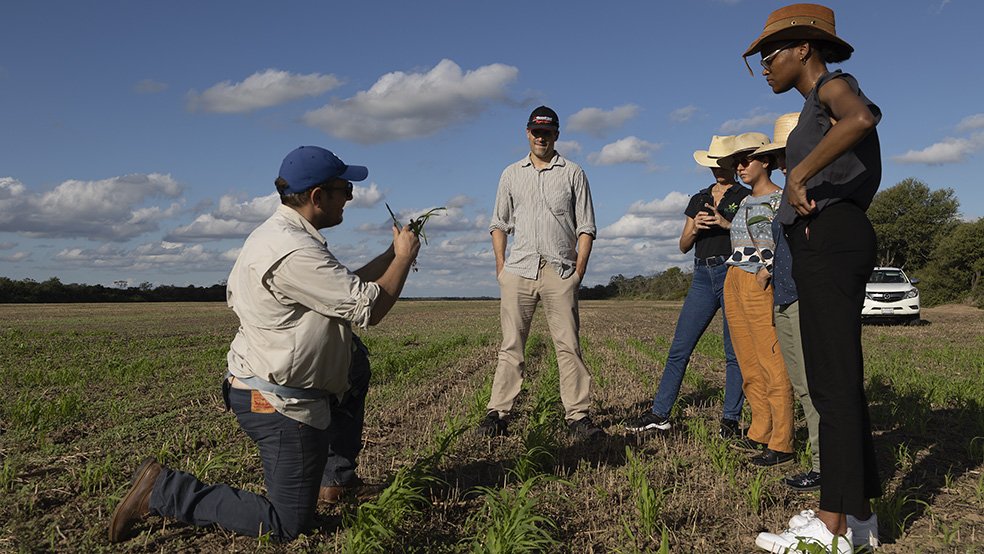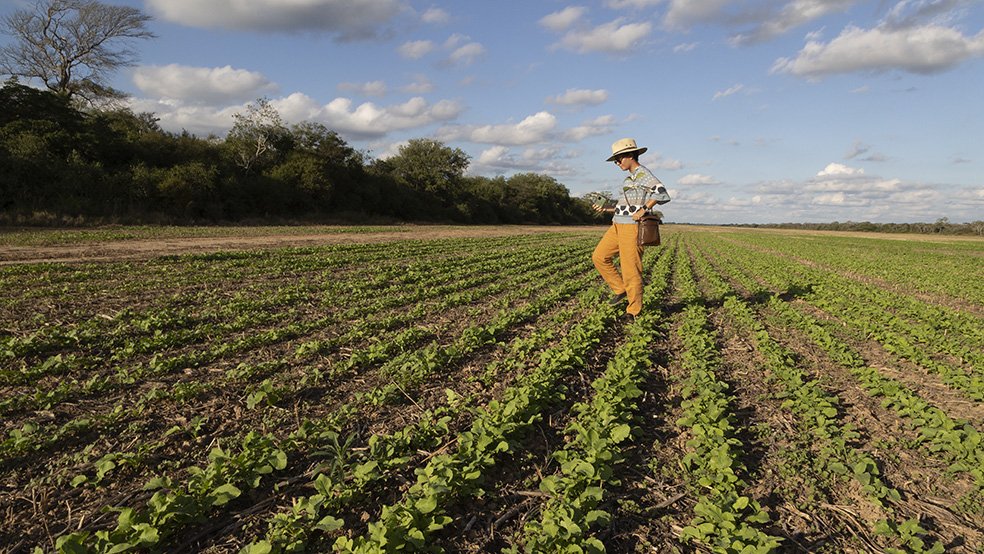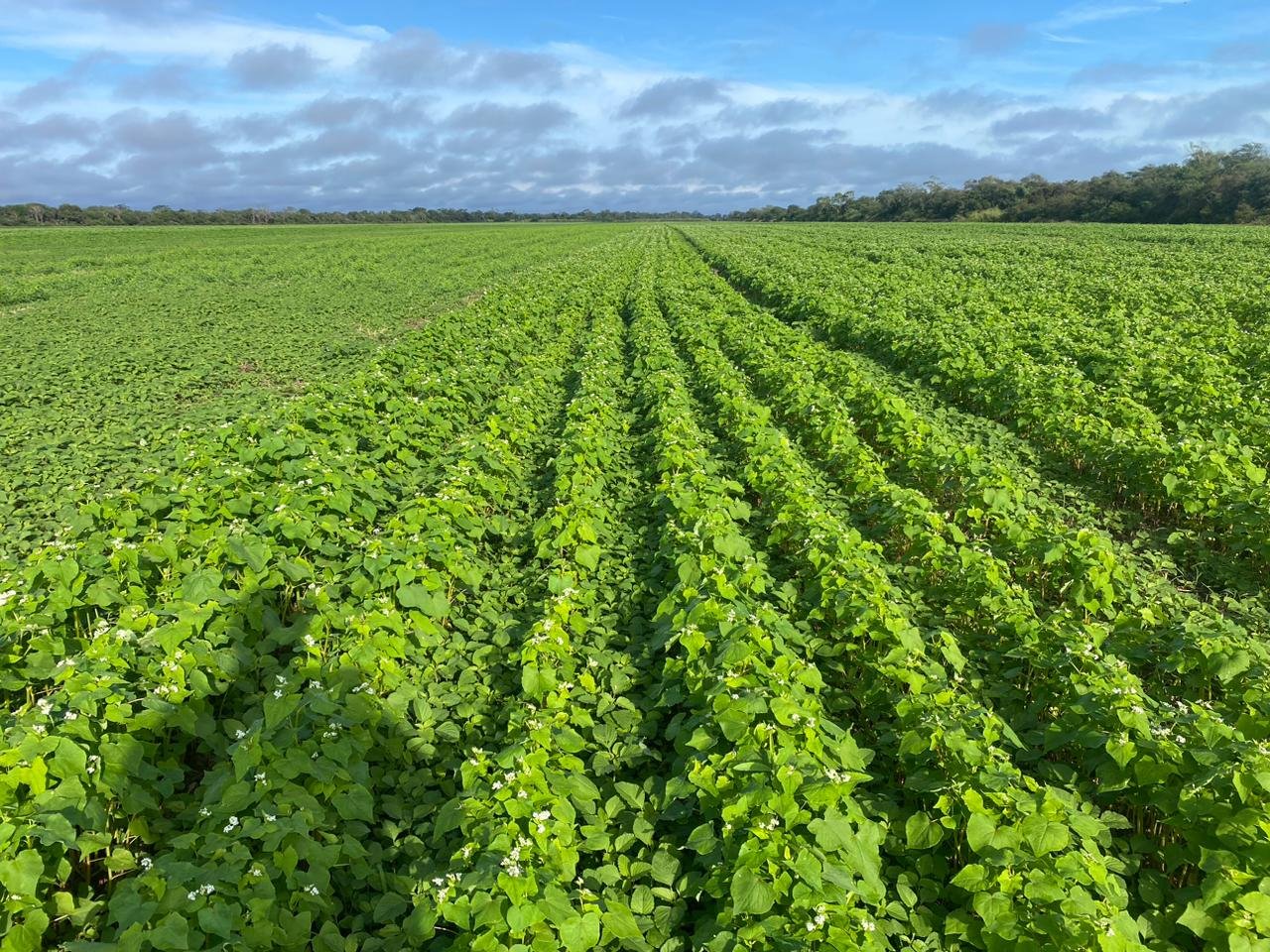Regenerative Practices for Innovative Sustainable Agriculture (PRIAS project)
Regenerative Practices for Innovative Sustainable Agriculture in the Eastern Lowlands of Bolivia
START
May 2023
DURATION
24 months
LOCATION
Bolivia
STATUS
In Progress
The lowlands of eastern Bolivia are under great pressure from deforestation in various parts of the Chiquitano, Cerrado, Chaco and Amazon ecosystems. The objective of this project led by the Foundation for the Conservation of the Chiquitano Forest (FCBC, for its acronym in Spanish) in partnership with the Consorcio Regional de Experimentación Agropecuaria (CREA) in Bolivia and the Conservation Strategy Fund (CSF) is to promote regenerative agriculture practices through pilot experiments with groups of farmers in a variety of soil conditions and with the possibility of scaling up the results to include other farms in the region. The PRIAS project's strategy is to increase yields in agricultural areas by using and disseminating technical knowledge about sustainable practices, such as the recovery of degraded soils and reducing the use of chemical pesticides, in order to avoid the conversion of new areas. Thirty to 40 farms are expected to participate in the project, for a total area of more than 81 thousand hectares – approximately 53 thousand of which are cultivated farmland.
The engagement of agricultural associations, farmers, and decision makers throughout the supply chain is one of the project's key components. Through CREA's direct participation, the project aims to disseminate production and economic benefits from the use of regenerative practices among farming communities by systematizing data and announcing results in publications, seminars, field events, and workshops. The proposal is to disseminate more technical knowledge and win farmers over to agricultural practices that combine higher yields with sustainability, enhance biodiversity, and mitigate climate change.
The project will become a benchmark influencing an area of more than one million hectares of soy and cattle farms in the transition zone between Bolivia's Chiquitano, Cerrado, Chaco, and Amazon ecoregions. No-till farming with mulch, crop rotation, and the reintroduction of microorganisms into the soil are some of the techniques to be used as part of careful planning for the recovery of degraded areas, coupled with analyses of the region's biological and ecological factors. The use of regenerative farming techniques is expected to contribute to improved soil fertility, greater resilience to adverse weather conditions and resistance to pests, better water infiltration and retention, and especially increased soil carbon sequestration. The CSF will carry out a financial analysis of the processes to evaluate the practices’ costs and benefits in terms of financial gains for farmers. Quantitative improvements can mean increased yields per hectare of any type of crop, including soybeans, thus reducing pressures to clear new farmland.










